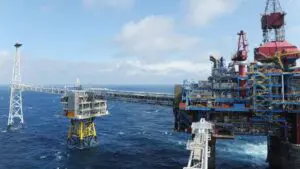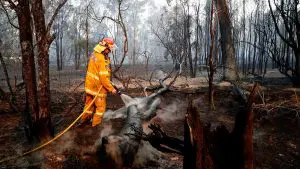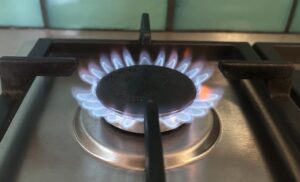Summary
Outside of another week of softening electricity futures, markets were calm. It’s shoulder season in electricity demand as we grow towards the Winter peak, and to date this year looks relatively normal. Gas prices have just started to edge up again.
As the release of the Finkel report (expected in June) comes more and more into focus we note once again that markets – for all their imperfections – do work. Despite the short length PPAs and the lack of Federal policy, we are getting 4GW of utility scale renewables being built at increasingly attractive prices, plus the ongoing takeup of rooftop PV at over 0.6 GW per year.
Household batteries are starting to sell with no policy support whatsoever. That’s because the public looks at the cost of grid delivered electricity, and low interest rates and some, albeit early adopters, make their own decisions.
Of course policy can be vastly improved and there is a big part to be played by both Federal and State Governments, but there is nothing better, nothing better, than a juicy prospective return to get the investment dollars flowing.
Turning to the weekly action
- Volumes: Rose this week 3% across the NEM in year on year terms lead by NSW up 5%. It was 1.4 C (10% on the celsisus scale) colder than last year in NSW and that might have encouraged consumption.
- Future prices slipped again and the price charts show clearly that, for the time being, the thrill has gone. Note traders have carefully distinguished between the tight forthcoming Summer (before the new renewables are in place) and the following year. Of course FY18 prices are still more than double what they were a year ago and FY19 at $90/MWh is still providing an investment signal. However, investors look not just at the level of prices but also the direction. Once again we point to the rise since January this year. In our view that is mainly due to the Victorian Govt’s decision to support Portland This decision caught the market completely by surprise and lead to FY19 prices across Victoria, NSW and South Australia rising by say $20 MWh. The Hazelwood closure was know in 2016 and had been priced in before.

- Spot electricity prices averaged $90 MWh in NSW & QLD and over $105 MWh in the Southern States. Generator outages at Victoria probably contributed to this. Still, with the exception of a couple of spikes the overall tone was of slight softening. The main risk always has been and remains that there will be a major outage in the Summer heat.
- Gas prices . Gas prices started to edge up as we move further into Autumn but there was no action to speak of. Spot gas of say $9 GJ compares with the USA where the price is about A$4.32 GJ. However even in the USA the price is up more than A$1.75 GJ on last year. In Europe the import natural gas price is about A$7 GJ, less than Australia, but not so much less.
- Utility share prices Little real action was seen in shareprices during the past week. The overall ASX fell 2%. The interest rate curve has fallen in Australia although still above last year making for ongoing relatively attractive financing. The 10 year bond rate at 2.5% drives the cost of equity.


Share Prices


Volumes


Base Load Futures

Gas Prices


David Leitch is principal of ITK. He was formerly a Utility Analyst for leading investment banks over the past 30 years. The views expressed are his own. Please note our new section, Energy Markets, which will include analysis from Leitch on the energy markets and broader energy issues. And also note our live generation widget, and the APVI solar contribution.










